Adolfo’s cory - Corydoras adolfoi
Scientific name: Corydoras adolfoi
Common name: Adolfo’s cory
Family: Callichthyidae
Usual size in fish tanks: 4 - 5 cm (1.57 - 1.97 inch)
014
Recommended pH range: 5.5 - 7.5
Recommended water hardness: 4 - 18°N (71.43 - 321.43ppm)
0°C 32°F30°C 86°F
Recommended temperature range: 19 - 26 °C (66.2 - 78.8°F)
The way how these fish reproduce: Spawning
Where the species comes from: South America
Temperament to its own species: peaceful
Temperament toward other fish species: peaceful
Usual place in the tank: Bottom levels
Tank Requirements
Adolfo’s Cory (Corydoras adolfoi) is a small, peaceful species of catfish native to the middle regions of the Amazon River in Brazil, specifically the Rio Negro and Rio Uaupes. They are best kept in groups of 5 or more, as they are social fish that thrive in shoals. A tank size of at least 60 liters (15 gallons) is recommended, with plenty of open swimming space at the front of the tank.
Water conditions should be maintained with a temperature between 19-26°C (66.2-78.8°F), a pH range of 5.5-7.5, and water hardness between 4-18°N (71.43-321.43 ppm). Use soft sand or smooth gravel as a substrate to prevent damage to their delicate barbels. Plants such as Amazon Swords or Cryptocoryne provide excellent hiding spots, while driftwood or rocks can be used to create shaded areas. A gentle filtration system is ideal to maintain clean, well-oxygenated water without creating a strong current, as Corydoras prefer calm environments.
Tankmates
Adolfo’s Cory is a peaceful species, making them ideal companions in a community tank with other calm, similarly sized fish. They will coexist harmoniously with various species, particularly those that also prefer softer, acidic water. Some compatible tankmates include:
- Ember Tetra (Hyphessobrycon amandae)
- Harlequin Rasbora (Trigonostigma heteromorpha)
- Cardinal Tetra (Paracheirodon axelrodi)
- Rummy Nose Tetra (Hemigrammus bleheri)
- Otocinclus Catfish (Otocinclus affinis)
Food and Feeding
Adolfo’s Corydoras are bottom feeders, so it is essential to provide sinking foods that reach the substrate. They will readily accept a variety of foods, including high-quality sinking pellets or wafers. To keep them in optimal health, it is recommended to supplement their diet with live or frozen foods such as bloodworms, brine shrimp, or daphnia. Feeding them once or twice a day is sufficient, but care should be taken not to overfeed, as uneaten food can quickly pollute the water.
Occasionally, offer them blanched vegetables like zucchini or cucumber as a treat, which can also aid in their digestion. Ensure all food is appropriate for their small mouths and reaches the bottom where they primarily feed.
Sexing
Sexing Adolfo’s Cory is relatively simple. Females are usually larger and have a rounder, fuller body, especially when viewed from above, while males remain slightly smaller and more slender. During breeding periods, females will become noticeably plumper as they fill with eggs.
Breeding
Breeding Adolfo’s Corydoras in home aquariums can be relatively easy under the right conditions. To encourage spawning, perform regular water changes to simulate the clean, fresh water of their natural environment. The female will lay between 20-30 eggs in each batch, and she creates a pouch using her pelvic fins to carry the eggs to a safe location, such as the underside of plant leaves or on the tank glass.
The eggs will hatch in about 3-5 days, depending on the water temperature, and the fry will become free-swimming after another few days. Initially, feed the fry infusoria or newly hatched brine shrimp, transitioning them to finely crushed flake food as they grow. The fry should be kept in clean water with frequent small water changes to ensure their healthy development.
Lifespan
With proper care, Adolfo’s Cory can live for up to 5 years in a well-maintained aquarium. Regular water changes, a balanced diet, and peaceful tankmates will help them thrive and live a long life.
Short Description
Adolfo’s Corydoras are a small, peaceful species that add a lot of activity and charm to the bottom of the aquarium. They are best kept in groups of 5 or more to encourage their natural behavior, and they thrive in well-maintained tanks with clean water and plenty of hiding spaces. Providing a varied diet and a comfortable environment will ensure that these fish stay healthy and active in your aquarium for many years.
Pictures
Bought by aqua-fish.net from jjphoto.dk.
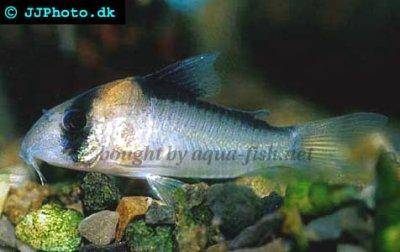



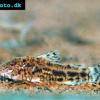 Aspidoras
Aspidoras 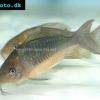 Giant
Giant 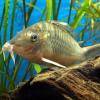 Hognosed
Hognosed 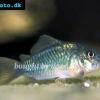 Emerald
Emerald 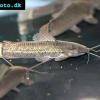 Cascarudo
Cascarudo 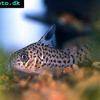 Acre
Acre 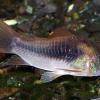 Bronze
Bronze  Agassizii’s
Agassizii’s 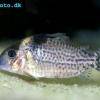 Spotted
Spotted 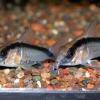 Skunk
Skunk 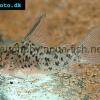 Corydoras
Corydoras 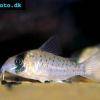 Fairy
Fairy 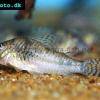 Corydoras
Corydoras 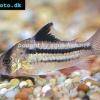 Pink
Pink 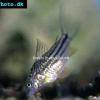 San
San 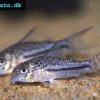 Bond’s
Bond’s 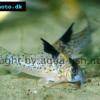 Spotted
Spotted 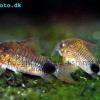 Tailspot
Tailspot 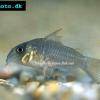 Concolor
Concolor  Cope’s
Cope’s  Sand’s
Sand’s 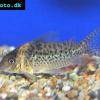 False
False 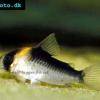 False
False 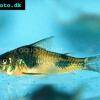 Ehrhardt’s
Ehrhardt’s 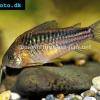 Elegant
Elegant 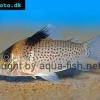 Saddle
Saddle 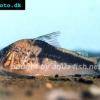 Fowler’s
Fowler’s 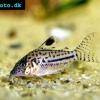 Gomezi
Gomezi 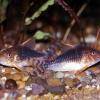 Palespotted
Palespotted 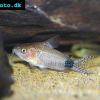 Guapore
Guapore 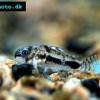 Dainty
Dainty 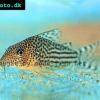 Mosaic
Mosaic 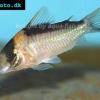 Imitator
Imitator 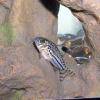 Julii
Julii 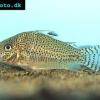 Leopard
Leopard 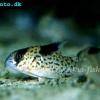 Black
Black 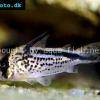 Slant-bar
Slant-bar 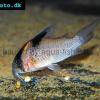 Bluespotted
Bluespotted  False
False 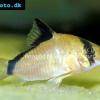 Bandit
Bandit 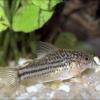 Mini
Mini 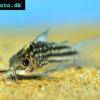 Napo
Napo 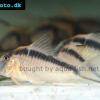 Corydoras
Corydoras  Blue
Blue 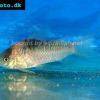 Nijssen’s
Nijssen’s 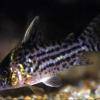 Ornate
Ornate 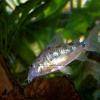 Peppered
Peppered 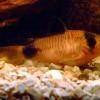 Panda
Panda 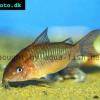 Albertini
Albertini 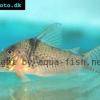 Pastaza
Pastaza 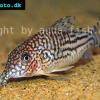 Corydoras
Corydoras 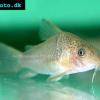 Many-spotted
Many-spotted 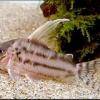 Pretty
Pretty 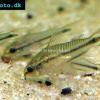 Dwarf
Dwarf  Iridescent
Iridescent 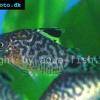 Reticulated
Reticulated 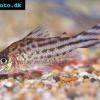 Bannertail
Bannertail 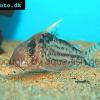 Robust
Robust 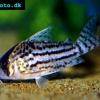 Schwartz’s
Schwartz’s 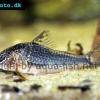 Black
Black 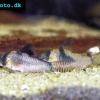 Longnosed
Longnosed 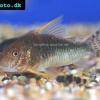 Seuss’
Seuss’ 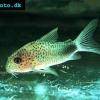 Smudge
Smudge 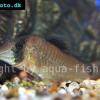 Masquerade
Masquerade 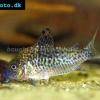 False
False 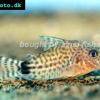 Millenium
Millenium 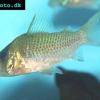 Pinkthroat
Pinkthroat 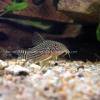 Sterba’s
Sterba’s 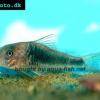 Longsnout
Longsnout 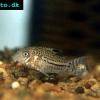 False
False 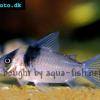 Miguelito
Miguelito 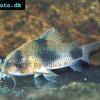 Twosaddle
Twosaddle 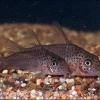 Xingu
Xingu 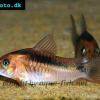 Black
Black 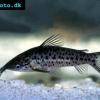 Porthole
Porthole 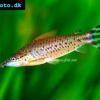 Flagtail
Flagtail 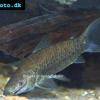 Brown
Brown 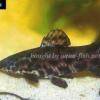 Spotted
Spotted